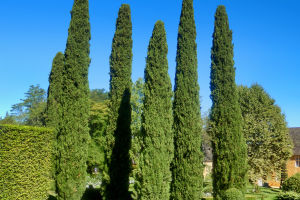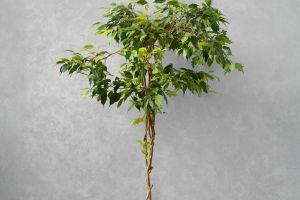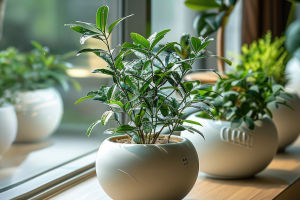Hey Lykkers! You've probably seen plants grow from seed to sprout to flower—but what if we told you that beneath this simple story lies something wildly clever?
Unlike animals that follow a single growth path, plants live through a fascinating cycle called alternation of generations.
It's a system where they shift between two different types of living forms—one that makes spores and one that makes gametes (like eggs).
In this guide, we'll take you through the life cycle of plants and how this alternation works. From mosses to flowering trees, this hidden rhythm keeps the green world ticking. So grab your curiosity and get ready to explore two plant worlds in one.
The Gametophyte and Sporophyte Stages
Let's begin by understanding the two distinct life stages—how they look, what they do, and why they matter.
Gametophyte: The Gamete Producer
First up is the gametophyte—this is the generation that produces gametes. You'll see it clearly in mosses, where the soft green part you're familiar with is actually the gametophyte itself. It's a haploid form, meaning it carries just one set of genetic instructions.
You can picture the gametophyte as the quiet matchmaker. It makes special structures to produce male and female cells. When water helps these gametes meet—usually through droplets or a light splash—fertilization takes place, and the next stage begins.
Sporophyte: The Spore Spreader
Now meet the sporophyte. This form grows directly out of the fertilized cell (the zygote) and is diploid—meaning it has a full set of genetic material. In mosses, it looks like a thin stalk with a capsule at the top. Inside that capsule? Spores!
Those spores don't just sit around. When they're released, they scatter with the wind and eventually grow into new gametophytes. In plants like ferns or trees, the sporophyte becomes the dominant and visible part—the leafy fern fronds or flowering stems you walk past in the park.
So in one cycle, plants shift between being gamete producers and spore producers. Neat, right?
Seeing Alternation in Action
Now that you know the two life stages, let's dive into how different plants use this system in their own unique ways.
Mosses and Ferns: A Gametophyte Start
In mosses, the gametophyte stage is front and center. You can run your fingers across it—it's the cushiony green layer you often see in damp spots. The sporophyte is smaller, growing up like a delicate antenna and depending on the gametophyte for food.
Ferns do it differently. Their gametophytes are tiny, almost heart-shaped structures that grow close to the ground. You might miss them unless you're really looking. But their sporophytes—the classic fern shape with arching fronds—dominate in size and take over once mature.
You can even try growing ferns from spores at home! Watch closely, and you might see both stages unfold in one pot.
Flowering Plants: Sporophyte Rules the Show
In most plants you see daily—like trees, flowers, and vegetables—the sporophyte is the star. The gametophyte exists too, but it's tucked inside the flower's reproductive parts. You don't see it, but it's working hard behind the scenes to create pollen (male) and ovules (female).
Once pollination and fertilization happen, seeds form. Each seed hides a new plant, ready to restart the cycle and keep this double life going. You might plant a seed thinking it's a one-way trip to a flowerbed, but nature's already planned two generations ahead.
Lykkers, an alternation of generations, is one of the coolest secrets in plant life. It's a dance between gametophytes and sporophytes, spores and gametes, hidden forms and towering flowers. Whether you're peeking at moss or growing a sunflower, you're seeing one part of a beautiful, continuous cycle.
So next time you're outdoors, take a closer look. There's more to that green world than meets the eye—it's a story of transformation, teamwork, and life on repeat.


